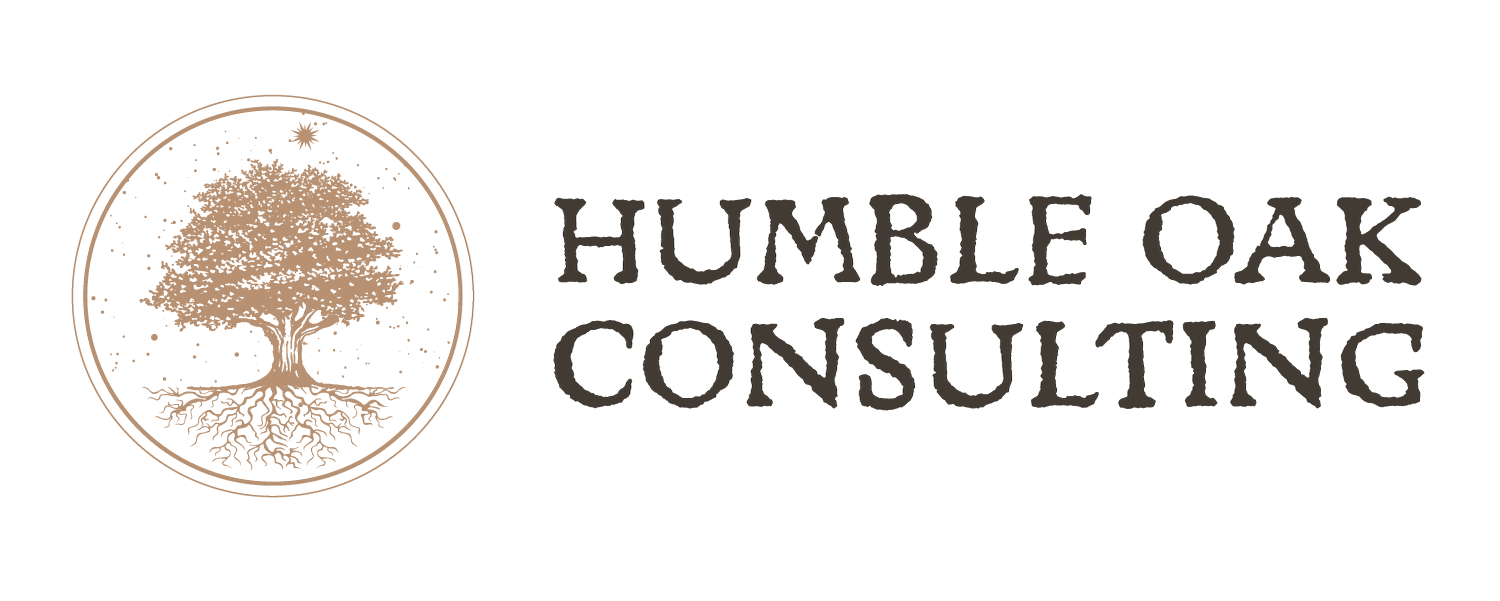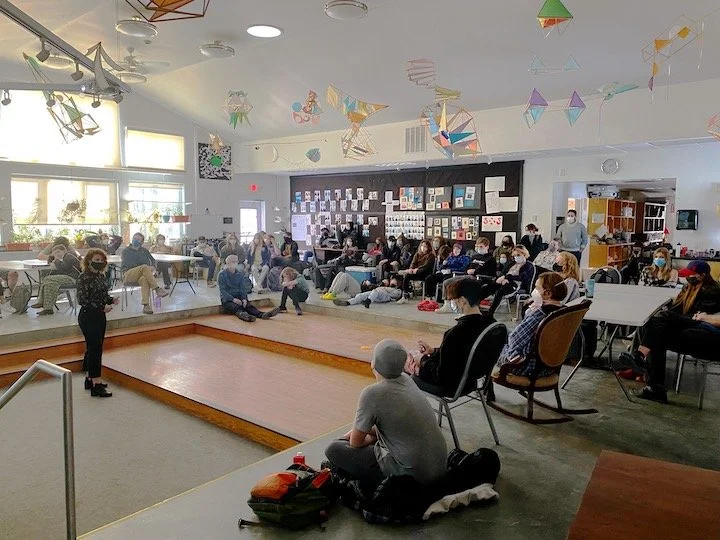Helping & Staying Humble
This week I’m wrapping up an engagement with a local high school, The Sharon Academy. A few months ago I got to present about my work as a diversity and inclusion consultant to the entire student body. When the school first invited me I asked them what engagement their mostly White student body had with the concept of diversity and inclusion. They sent me a list of questions students had generated in Chain Reaction Day, a school-wide experience held a few weeks earlier focused on racial justice. The stickers next to the questions represented a “+1.”
I just loved that two of the advisories asked a question that I sense is under the raised eyebrows of many adults I meet. Whether it is a local acquaintance asking about my business or a prospective client asking me about my qualifications, the questions “Why do White people feel qualified to talk about racial justice?” and “What qualifies a person to teach/talk about race?” are often just under the surface. It was almost a relief to see them studded with stickers on these posters and know that I would get to engage the students on these very questions.
I organized my presentation by sharing my personal story of becoming a diversity consultant after moving east mid-pandemic from a job as a high school principal at a diverse high school network in the Bay Area. Then I explained that for work, I lead adults to begin a shared learning journey toward a common language about diversity and inclusion. I offer tangible techniques and frameworks and ask them to make commitments, but my internal metric for success is, “Can each person here relate better to their own identity, their colleagues, and the concept of including others?”
Then I offered three questions to the students that had come from the Chain Reaction Day posters. I chose to keep the students’ phrasing.
How does our perspective shape our learning?
Why do White people feel qualified to talk about racial justice?
How can we connect & commit to the concept of equity?
“Let’s answer these together,” I asked, “after we do an exercise to reflect on our own identities.”
This exercise is one of the first I do with adult learners. It asks participants to reflect on an aspect of their diversity, often an experience, perspective or physical characteristic, that shapes who they are today. Their job is to then tell the story of how this aspect of their diversity impacts their mindset and their actions to a small group. This leverages a technique psychologists have found called constructivist listening, in which the speaker can actually reach a greater level of self-awareness by speaking to a group than they could on their own. In many groups, some participants struggle more with coming up with something, whereas others have something to offer right away. At the end of the experience the groups are asked how hearing others’ stories allowed them to connect with one another and gain greater awareness of themselves.
After spending half an hour in small advisory groups doing their personal reflection, the whole school came back together to revisit our shared questions. Questions 1 and 3 were easier to approach. Our perspective shapes our learning, the school agreed, because what we’ve experienced in the past impacts what we notice and remember. We can connect with the concept of equity in multiple ways: through facts and research, through our own moral code, and through empathy and storytelling. All three are important in keeping equity present in our minds.
Question 2, “What qualifies White people to think they can talk about racial justice?” kept us occupied until the end of our time. “How can we tread the balance between seeking other perspectives but not thinking every person represents the views of everyone who looks like them?” one faculty member asked. “How can White people use their power to advocate and support?” a student inquired. “How can we do more talking WITH each other rather than talking AT each other?” an advisory wondered. As we approached the end of our time, the students were watching thoughtfully as the conversation unfolded. I looked at the clock and realized it was time to thank them for their insight and participation. I yearned to have a neat bow to tie off the lesson.
What I had instead was the certainty that questions that cause us to ponder on our drive home, that invite us to seek our own personal truth, are more precious than answers handed down. Answers grow dated and can be limited in scope. Answers require us to remember and apply. But questions are evergreen. They can be answered again and again in better ways. They prompt us to seek and probe and turn concepts over and over in our mind until we find a foothold. Questions are a way of being humble.
It might be okay to leave them with this question, I thought. After all, my own answer to questions about my niche in diversity and inclusion work as a White woman is constantly changing. So I answered their question, “what qualifies White people to talk about racial justice?” with a question of my own.
“What happens if we don’t?”




